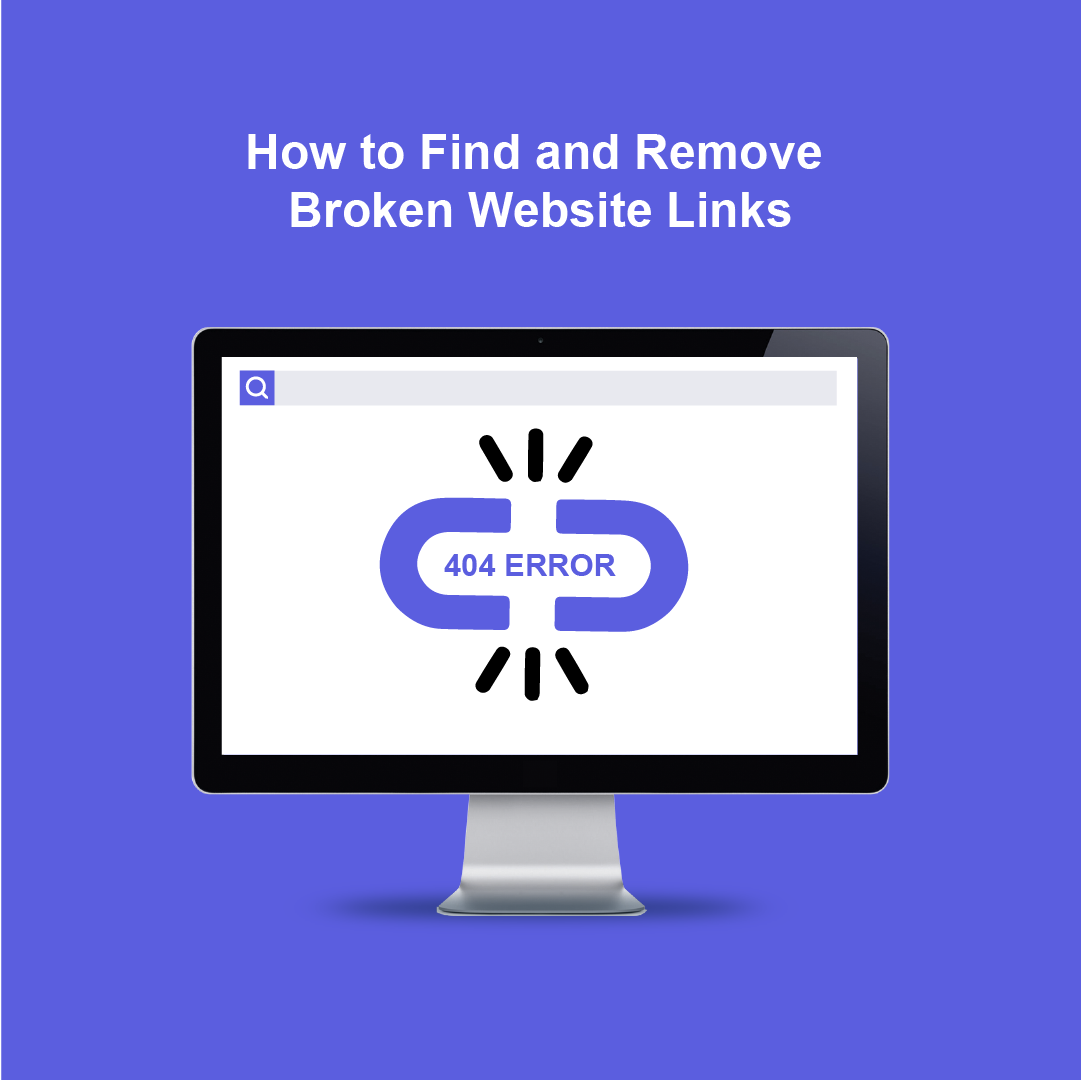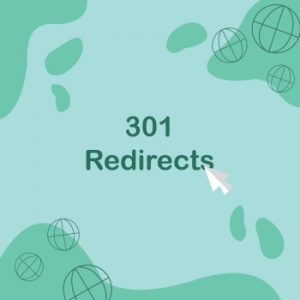Table of Content
Do you need to maintain a healthy website link structure? Remove Broken website links can harm your website’s performance, leading to lost traffic and decreased user experience. It’s mandatory to regularly check for broken links and fix them to ensure your website is functioning correctly.
Different broken links exist, including 404 errors, redirect loops, and soft 404s, which can be identified through manual checks or online tools. Fixing broken links can be done by removing, updating, or redirecting the link.
Don’t let broken links harm your website’s performance. Read on and learn how to find and remove broken website links in simple steps. It will improve your website’s user experience and traffic.
Types of Broken Links
Regarding website maintenance, checking for broken links should be at the top of your to-do list. Broken links can negatively impact user experience and hurt your website’s search engine rankings.
404 Errors
The 404 error happens when a user clicks on a link to a no longer available page. It’s crucial to often check for 404 errors and correct them by deleting or rerouting the offending link to the appropriate page.
Redirect Loops
A user being repeatedly forwarded between two or more pages can result in a redirect loop and an error. This might happen when a redirect is set up incorrectly or multiple redirects are used.
Connection Timeouts
When the server takes too long to respond, a connection timeout occurs, and an error page is displayed. A slow internet connection or a server overload could be to blame for this.
Soft 404s
Soft 404s happen when a page is present, but the server returns an error page rather than the expected response. This can occur if a page is erroneously designated as an error page or the server is incorrectly set.
DNS Errors
When the server cannot find the IP address connected to the requested domain, DNS problems happen. Incorrect DNS settings or a server overload may be at blame for this.
How to Identify Broken Links
Finding broken links is essential for keeping a website’s link structure in good shape. Broken links can degrade the user experience and lower the search engine rankings of your website. Let’s discuss different methods for identifying broken links.
Manual Checking
Manually reviewing each internet page is one technique to find broken links. This entails selecting each link and ensuring it navigates to the desired page. This method takes a lot of time. Thus, it might be better suited for more prominent websites.
Online Tools and Software
Online applications and tools are readily available for locating broken links. A free tool called Google Search Console can find broken links on your website and recommend how to resolve them. Screaming Frog, Xenu Link Sleuth, and Broken Link Checker are well-liked utilities.
Browser Extensions
Browser extensions such as Check My Links and Link Checker can also identify broken links. These extensions scan each page of your website and highlight any broken links. Although quick and convenient, this procedure might not be as thorough as manual checking or internet resources.
Removing the Broken Links
Maintaining a sound website link structure and enhancing user experience depend on fixing broken links. We’ll cover a variety of strategies for repairing broken links in this section.
Delete the Link
The simplest option is to delete or remove the link if the page is unavailable. This will prevent users from clicking the link and encountering a 404 error.
Update the Link
If a page has moved or the URL has changed, updating the link is the best solution. This ensures that the link leads to a relevant and working page. Be sure also to correct any internal links affected by the change.
Redirect the Link
If a page has moved permanently, redirecting the link to the new page is the best solution.
5 Tools for Broken Link Management
Broken links can harm your website’s user experience and search engine rankings. In this section, we’ll discuss five tools for erratic link management that can help make this process easier.
Google Search Console
A free tool called Google Search Console can find broken links on your website and recommend how to resolve them. With the help of this tool, you may gather data-driven insights into the search engine performance of your website.
Screaming Frog
The thorough website crawling program Screaming Frog may find duplicate content, broken links, and other issues with websites.
Xenu Link Sleuth
Xenu Link Sleuth is a tool to crawl your website and discover broken links. This program can generate detailed data on the health of websites and helps identify broken connections in external links.
Ahrefs
Ahrefs is an SEO tool that can find broken links, monitor website performance, and give information about rival websites. This application is helpful for those seeking a more thorough website maintenance method.
Broken Link Checker
With the help of the free WordPress plugin Broken Link Checker, you can easily find and resolve broken links. This tool is valuable and easy to install for people that use WordPress as their website platform.
Best Practices for Broken Link Prevention
Preventing broken links on your website is just as important as fixing them. Broken links can harm your website’s user experience and search engine rankings. This section will discuss some best practices for broken link prevention.
-
Regularly Check for Broken Links
Regularly checking for broken links on your website is the best way to prevent them. Use one of the tools mentioned earlier to crawl your website and identify broken links. Fix them promptly to avoid further harm to your website.
-
Try Descriptive Link Text
Broken links can be avoided by using descriptive link wording. Use descriptive wording that genuinely depicts the linked page’s content instead of general readers, like “click here” or “read more”.
-
Don’t Use Temporary Links
Temporary links may become broken when they expire. Use permanent links so that they always take users to the right page.
-
Avoid Linking to Unreliable Sources
Linking to reliable sources can lead to broken links if the source keeps its content the same. Be sure to verify the reliability of the source before connecting to it.
-
Use Redirects Appropriately
Redirects can help manage broken links, but they should be used appropriately. Avoid using redirects for temporary fixes and use permanent redirects for permanent changes.
Wrap Up
Broken links on a website can negatively affect user experience and harm search engine rankings. To maintain a healthy website link structure, it is essential to know how to find and remove broken website links, check for broken links, and fix them regularly.
This can be done manually or using online tools like Google Search Console, Screaming Frog, Xenu Link Sleuth, Ahrefs, and Broken Link Checker. The link can be removed, updated, or redirected to fix broken links.






